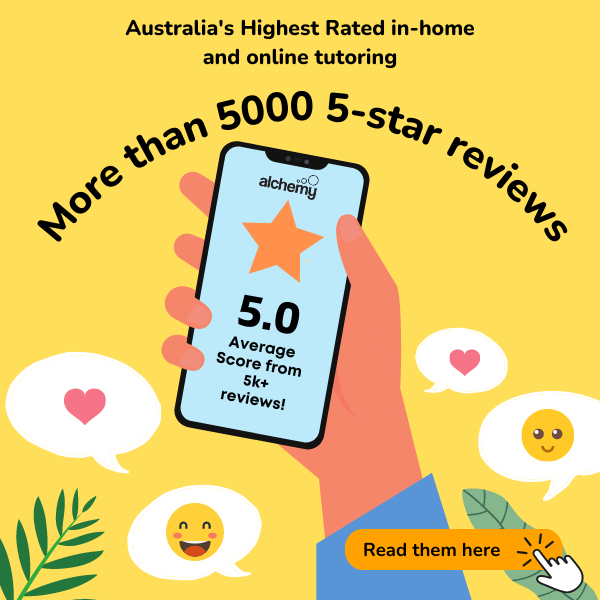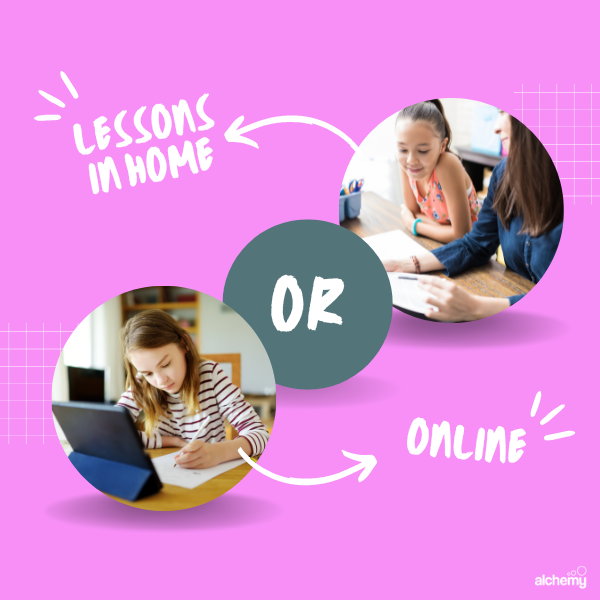Tutors have created a reputation for achieving exceptional results with the students they work with. Most of that success has been through using unique teaching methods that appeal to their students and help them understand the concepts they struggle with within school.
But that is not always the case. Although the results might suggest being a tutor and getting great results seems like a walk in the park, the opposite is actually true. Like teachers, tutors struggle most especially in finding ways to keep their students engaged and helping them understand different concepts.
If you find yourself struggling to find new ways to teach, reach out and engage your students, this guide covers different teaching strategies that could help you get excellent results on tutoring.
-
Visualisation
One of the best ways to keep students engaged is with visual and practical learning. This is more so the case for students who are visual learners. Whether you’re tutoring online or face to face, there are unlimited opportunities to integrate visual cues that can help make the session more interesting.
For example, you could use the interactive whiteboard to display photos, videos and audio clips to help the student digest and understand the information better.
-
Inquiry-based instructions
Thought-provoking questions are an excellent way to inspire your students to think for themselves and become more independent thinking.
Allowing students to ask questions also allows them to investigate their own ideas and work their own paths to understanding different concepts. It is also an ideal way to improve the problem-solving skills of the student.
-
Differentiation
As a tutor, you’re going to work with numerous students with varying academic abilities, sometimes several students at a time. Differentiation is one of the strategies that tutors use to get the most out of their students.
Using this strategy, tutors can allocate tasks based on the student’s abilities. It ensures no one is left behind. It also means that students with higher academic capabilities are stretched while those struggling get the support they need.
-
Technology
Technology has been one of the main factors driving success among tutors, and you can use it to your advantage. Digital media is deeply engraved in young people, making using technology an excellent strategy for teaching.
By using technology, you can make learning more interactive. Technology also makes learning more engaging and allows the students to instantly research their ideas, creating autonomy, improving problem-solving skills, and allowing students to find answers to concepts they’re having challenges with.
-
Summative and Formative Assessments
Summative assessment takes place after a block of work has been completed, while formative assessments occur day to day. These are used to gauge the pupil’s understanding of the topic. Using both types of assessment helps the student retain information longer. For tutors, this type of assessment also helps to determine the effectiveness of your teaching methods.
One reason formative and summative assessments are an invaluable teaching strategy is because they also help highlight potential learning gaps and misconceptions, which the tutor can then find ways of working on.
-
Games
Games play a critical role in the development of a child. They are one of the few things that can keep the attention and focus of a child the longest. Using games as a teaching strategy improves attention span and makes the tutoring sessions more fun and interactive.
Most students are more likely to remember concepts taught through games longer because they are more relatable and interactive. This strategy is particularly effective for tutors working with young students who might have challenges focusing for long or sitting still. Games are also handy when tutoring subjects like maths and science.
-
The Pause Procedure
The pause procedure was initially a strategy developed for lecturers to help improve retention. Using this strategy, the lecture would pause their lecture after every 15 minutes, giving the students time to get their minds around what you have just said. The two- or three-minute pauses given to the student allowed them to digest the material already shared.
The same strategy works the same way for the same reasons in tutoring. With tutoring, you can ask the student to summarise what you have just presented. You could also try to find out if they have any questions. For group tutorials, ask the students to explain to each other what they have just learned.
Another approach to the pause strategy is to ask the students to take a short test or complete a problem using the skills you have just explained.
-
Fast-paced drills
You will be surprised what a bit of adrenaline and competitiveness can do in helping a student understand a concept.
Fast-paced drills are perfect when working through multiplication tables, periodic table elements, or other subjects and topics that require a lot of memory work.
Under fast-paced drills, you can also try to introduce short-timed tests. These are a great way to get quick feedback on the progress of the students while testing their memory and non-calculator skills.
-
Alternation
Most tutors rarely use this teaching strategy. Perhaps because of the fear of losing control of the class and their position. But alternation is an effective teaching strategy that every tutor should try out.
In this strategy, the tutee and the tutor alternate roles. You let the tutee tutor you, and you play their role. Alternation gives you insight into how well the student has internalised the content that you have shared with them, and it also gives you an opportunity to understand their point of view.
This strategy is perfect for lessons that feature essay exams where the student will need to explain things to you. Just remember to give the student enough time to gather their thoughts when using this method.
-
Application
One of the best ways for a student to learn is to do something independently. It is also the only way to be sure that they have understood the concept. After doing your bit, you should let the student apply what they have learnt. If it is a math problem, let them do a problem or two on their own. You can then have a look at it and go over it step by step correcting areas where they made a mistake.
-
Humour
The use of humour during your tutoring sessions can reduce pressure and increase the level of engagement drastically. Sprinkling funny jokes and quotes and dedicating a few minutes to laughing can help break down monotony, refocus the student and re-energise them to grasp what you’re saying.
You can also work in humour in explaining some concepts, which will make them relatable and easier to understand for the student.
-
Feedback
As a tutor, the student is your client. As you try out the different teaching strategies, there’s no better person to tell you what’s working and what is not than the student. Make sure you request feedback from the student regularly. You might not consider this a teaching strategy, but it is one of the most important strategies you can employ as a tutor.
It not only helps you to better refine your teaching tactics and have better and meaningful sessions with your students, but it also helps you become a better tutor by understanding the most effective teaching strategies and the ones that have the most impact on your students.
Final Thoughts
There is a lot involved in being a good tutor, but how you teach and your approach will most likely make the greatest impact. With these teaching strategies, you have new ways to pass information and avoid monotony, making your lessons boring.














